What direction should solar panels face? Will north-facing panels get more solar power or will south-facing panels result in more excess electricity? Do west or east-facing panels get more power? What works best in Australia specifically?
If you have a solar system that isn’t at its full panel efficiency, more solar panels aren’t always the answer. There might be a chance your solar panel isn’t facing the right direction. The right angle and direction could improve solar production immensely, allowing you to maximise your energy generation.
Then, perhaps you should try to check out if your panel is in its best direction. This guide will help you clarify what solar panel direction your system needs when you install solar panels. Let’s dive in and find a way to get the most solar energy, the best solar panel angle, and more.
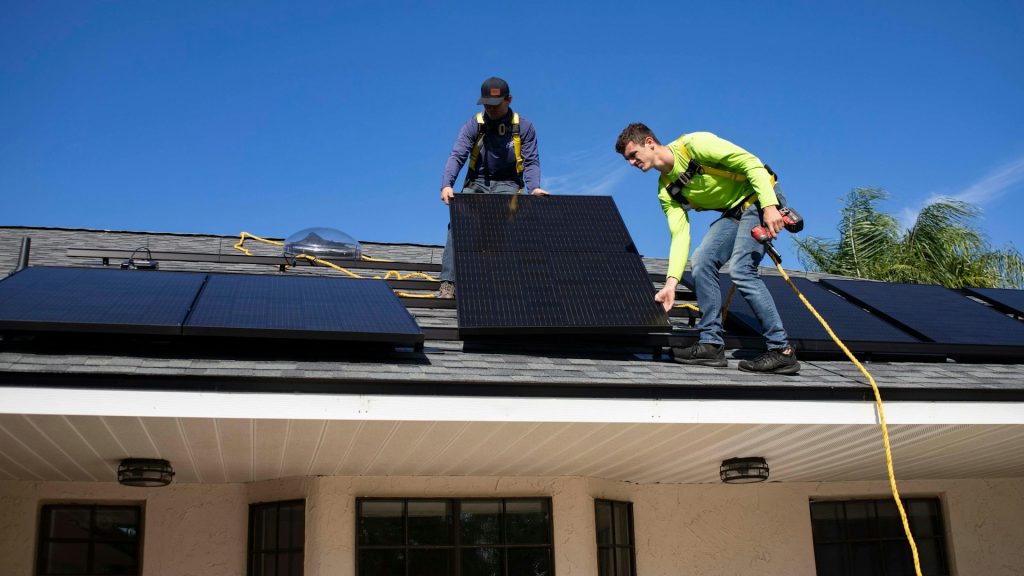
To Start: What’s the Difference Between a Solar Panel’s Direction and Angle?
The direction of a solar panel simply refers to the primary direction, which is either North, South, East, or West, the panel is facing. However, there is a difference between the Magnetic North and True North that you must know.
Magnetic North is the “north” shown when you use a compass. This north points in the direction where the Earth’s north magnetic pole is. True North, on the other hand, refers to the direction along the surface of the Earth that ends in the location of the North Pole.
The angle of the solar panel refers to the tilt of your solar panel. For better solar installation, it’s important to consider two types of angles: the Tilt Angle and Azimuth angle.
The Tilt Angle, also called the “Elevation Angle,” refers to the vertical angle of the solar panel. The lower the angle, the more upward the solar panel faces towards the sky. On the other hand, the Azimuth Angle describes the horizontal angle of the solar panel about the Equator.
Which is more important: direction or angle?
Various factors can affect the performance of your solar panels. Out of these factors, the direction and angle of your panels are particularly important. Therefore, it’s crucial to ensure that your solar panels are installed in a way that they are correctly exposed to sunlight. Doing so will help you generate more energy efficiently.
Which direction is best for solar panels in Australia?
The direction your solar panel should face primarily depends on your location. If you live in Australia, it is recommended to have your solar panel facing north. This is because Australia is located in the southern hemisphere where the sun mostly shines from the north. However, north facing panels won’t always get the best results. That’s because there are also other factors like location, latitude, and terrain that affect your panels’ efficiency.
For instance, ypu might have obstructions that will lessen the effects of a north-facing solar installation. In these cases, north-west facing panels might get more results than north facing solar panels.
The optimum direction depends on your geographic location and the time of the year. If you live in the Northern Hemisphere, the ideal direction for your solar panel to face is south, whereas, if you live in the Southern Hemisphere, the ideal direction for your solar panel to face is north.
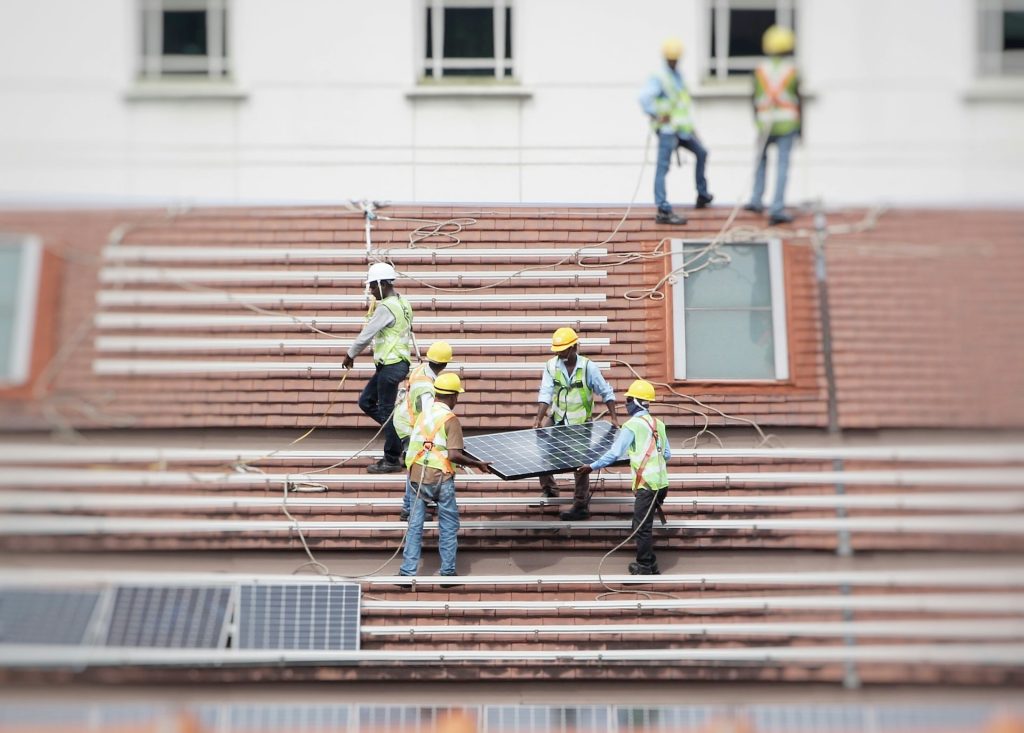
Which angle is best for solar panels?
Solar panels generate the most energy when they are installed perpendicular to the sun. Proper positioning is crucial because panels facing the direction with the least sun exposure produce about 28% less energy than those facing the most sunlight.
Considering the tilt angle: the lower the tilt angle, the more sunlight the solar panel can receive, and the higher the tilt angle, the more the sunlight will reflect off the panel.
Here are some of the recommended angles for cities in Australia: Sydney- 33.9°, Melbourne- 37.8°, Perth- 31.9°, Brisbane- 27.5°, Hobart-42.9°, Adelaide- 34.9°, Darwin-12.5°.
To optimise the energy capture of your solar panels, it is recommended to tilt them at an angle equal to your latitude. This general rule of thumb ensures that the panels are perpendicular to the sun’s rays for most of the year, allowing for maximum energy generation.
Solar Panel Position Tips
Are you thinking of installing solar panels or repositioning them? Here are some tips for you!
- Consider Seasonal Adjustments: The sun’s position changes with the seasons, so adjusting the tilt of your solar panels seasonally can capture more sunlight. Panels should be tilted more steeply in the winter and less so in the summer.
- Avoid Shading: Solar panels perform best in direct sunlight. Even partial shading can significantly reduce their efficiency. Ensure there are no trees, buildings, or other obstructions casting shadows on your panels throughout the day.
- Space for Maintenance: When installing solar panels, especially in large arrays, ensure there is enough space between them for maintenance and cleaning. This will help keep them operating at peak efficiency.
- Roof Condition and Strength: Before installation, assess the condition and strength of your roof to ensure it can support the solar panels. Consider the age of your roof and whether it might need repairs or replacement soon.
- Use Solar Tracking Systems: Solar trackers adjust the position of your solar panels throughout the day to follow the sun’s path. This can significantly increase energy production but comes at a higher initial cost and with additional maintenance considerations.
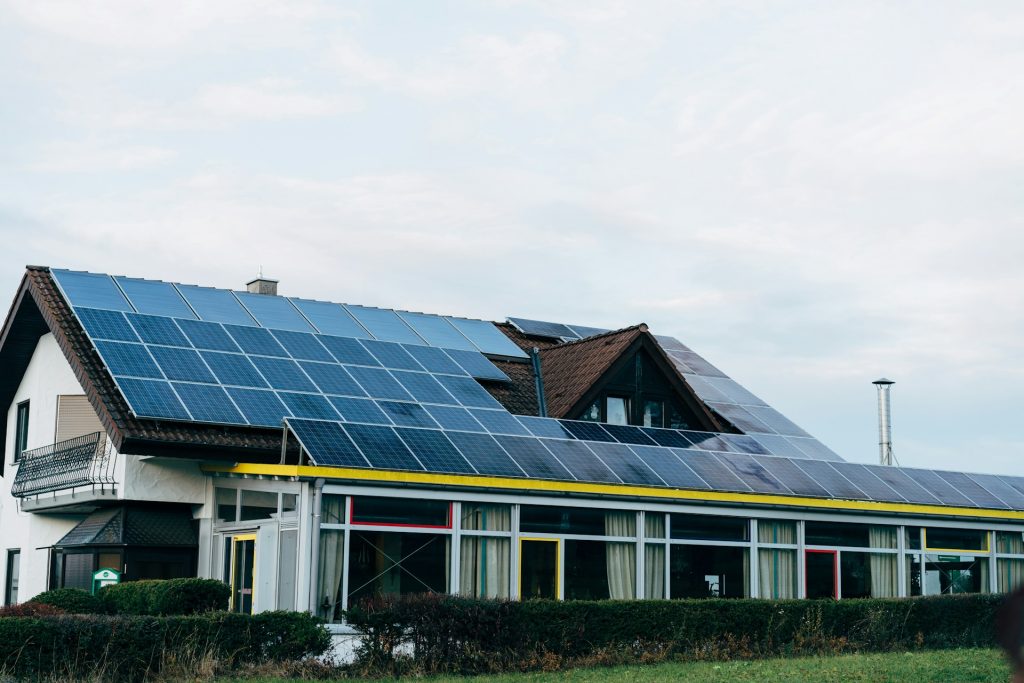
Frequently Asked Questions (FAQs)
Do solar panels have to be attached to the roof?
In general, the answer is no. It depends on whether your solar panels would be best attached to the roof or mounted to the ground. You can weigh down your options on which would work best for your home. Some of the pros of installing solar panels on the roof include:
- Increased efficiency – the roof amongst other parts of the house is the most exposed part of a house to the sun, which makes it more advantageous for a solar panel to be placed.
- Reduced installation costs – Solar panels need foundations and mounts when mounted on the ground. Installing it on the roof will cost you less because it does not need a larger scale of mounts than installing it on the ground.
Are certain types of panels more effective?
Certain types of panels are more effective than others depending on your prime concern. Each type of solar panel has its advantages and disadvantages, here are some of them:
- Monocrystalline solar panels – are considered the most efficient for their low cost and also have the longest lifespan among other types of panels.
- Polycrystalline solar panels – cheaper than monocrystalline, yet it is less efficient.
- Thin-film panels – are the most flexible option but have a low power output.
- Transparent panels – blend in with roofs yet have low efficiency.
- Solar tiles – offer the highest efficiency among the aforementioned types but are very expensive.
Considering these options, you can decide what suits best your liking and your home.
What happens when I don’t position a solar panel right?
When solar panels are positioned wrong or not in their best position, it reduces the energy-generating efficiency of your solar panel. But, if it’s facing the right direction, you might even end up with more excess solar electricity.
It affects the power output due to climatic and environmental factors. Panels that are not facing north in Australia produce up to 30% less solar electricity than those facing north.
Final Thoughts
If you want to get the most out of your solar panels, it’s important to find the perfect location for them. But the best direction and angle can be case-to-case. Some east-facing solar panels and west-facing solar panels might get more energy at times.
As a rule of thumb, you’ll want to choose a spot where they can receive the most sunlight at the most advantageous angle and direction.
By doing this, you’ll be able to maximise the amount of energy your solar panels generate, which will ultimately save you money on your energy bills. To ensure optimal energy production, it’s essential to properly position your solar panels. So, take the time to find the right spot and ensure that your solar panels are performing at their very best!

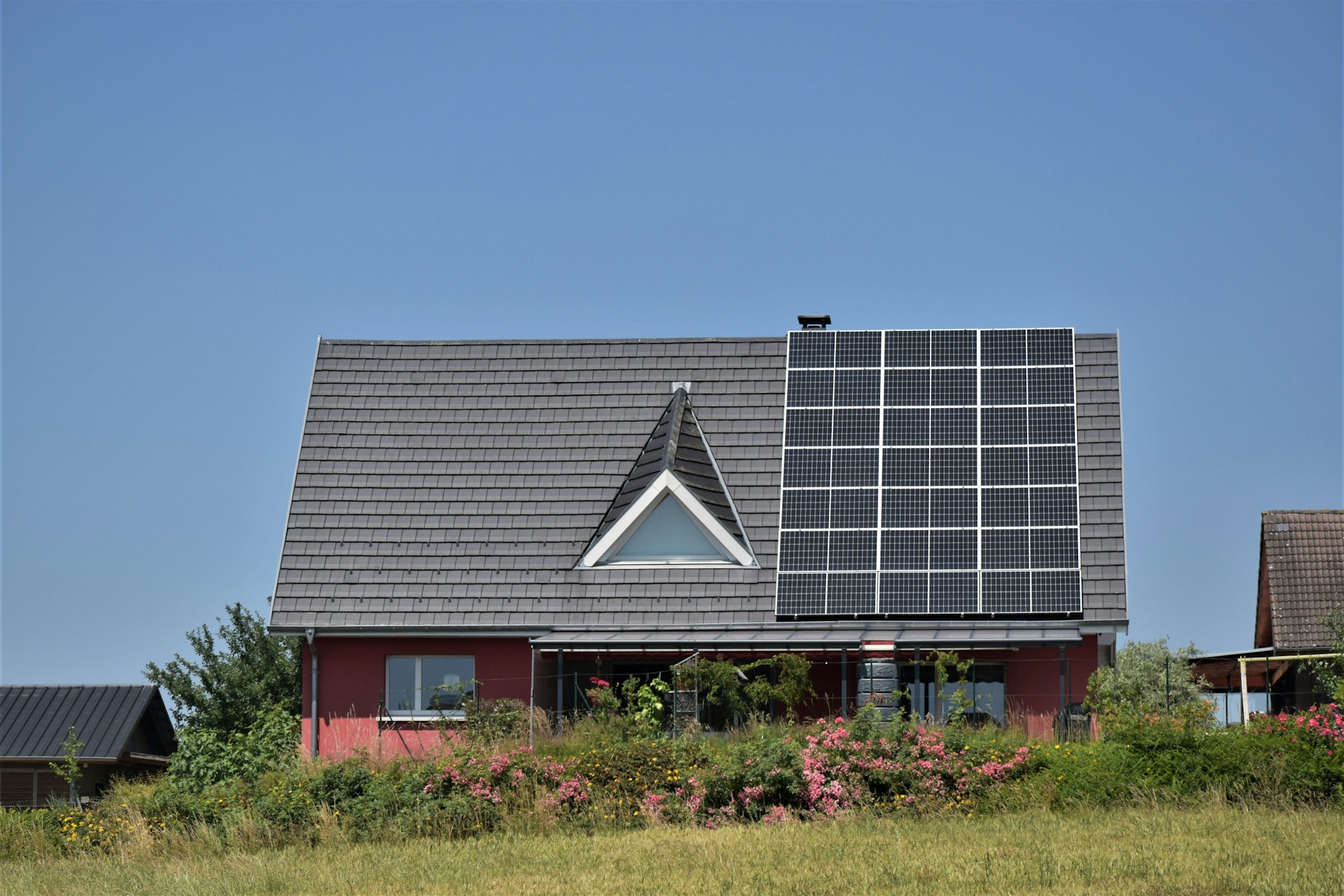
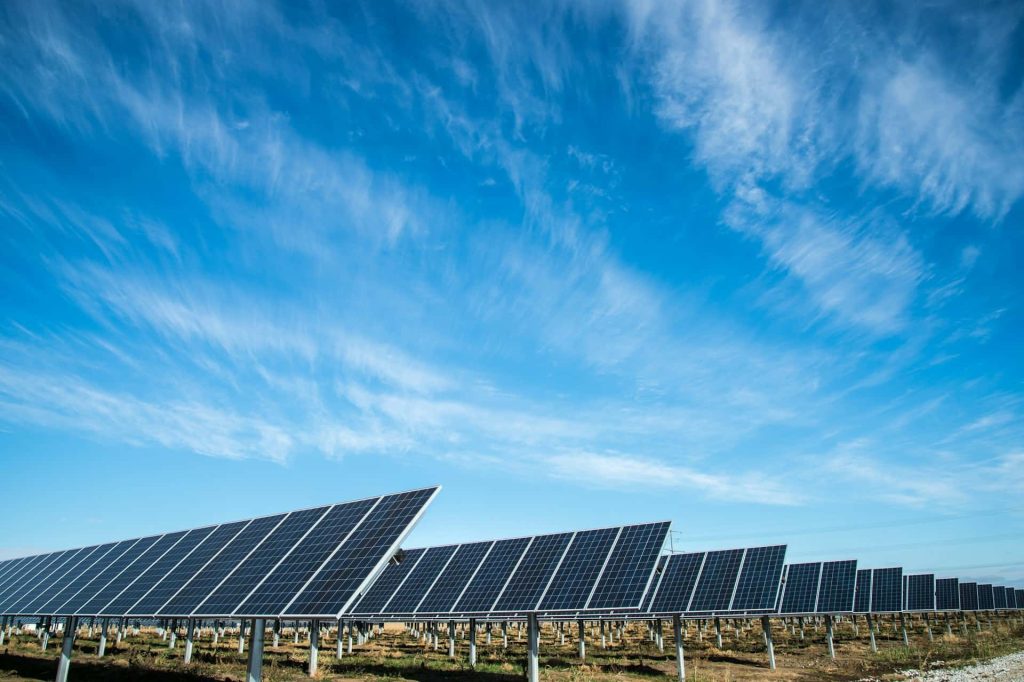
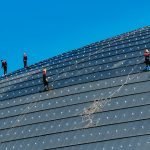
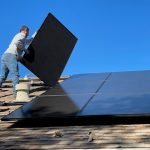
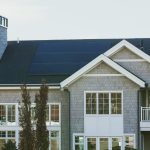
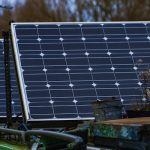
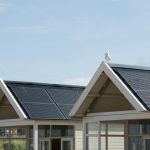
Leave a Reply